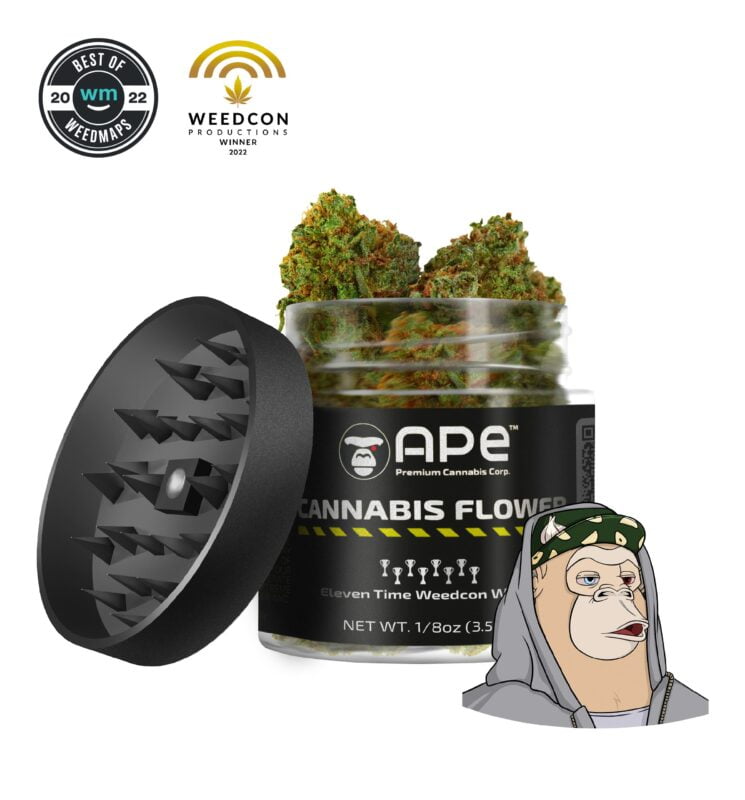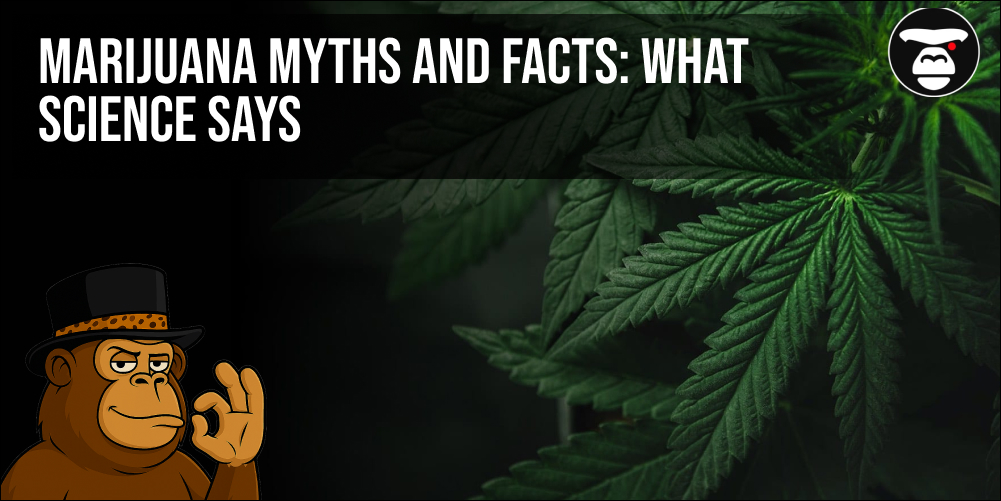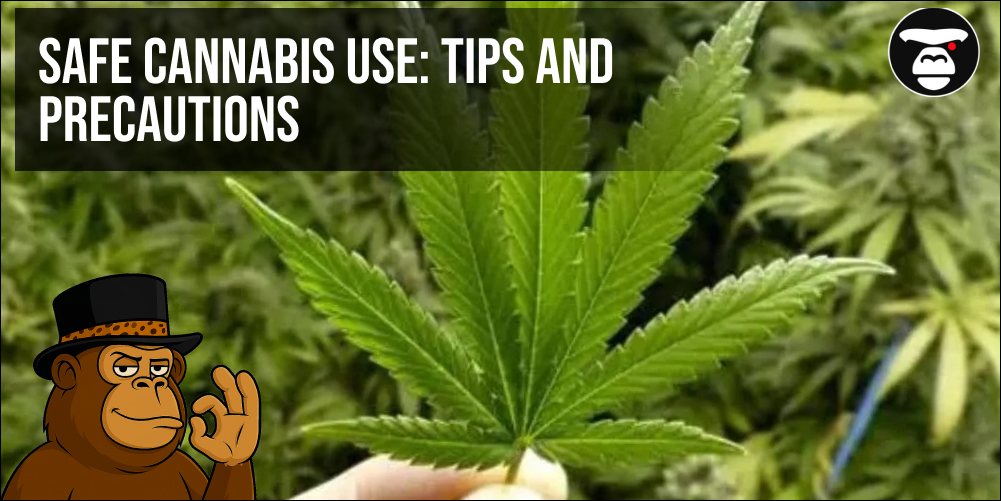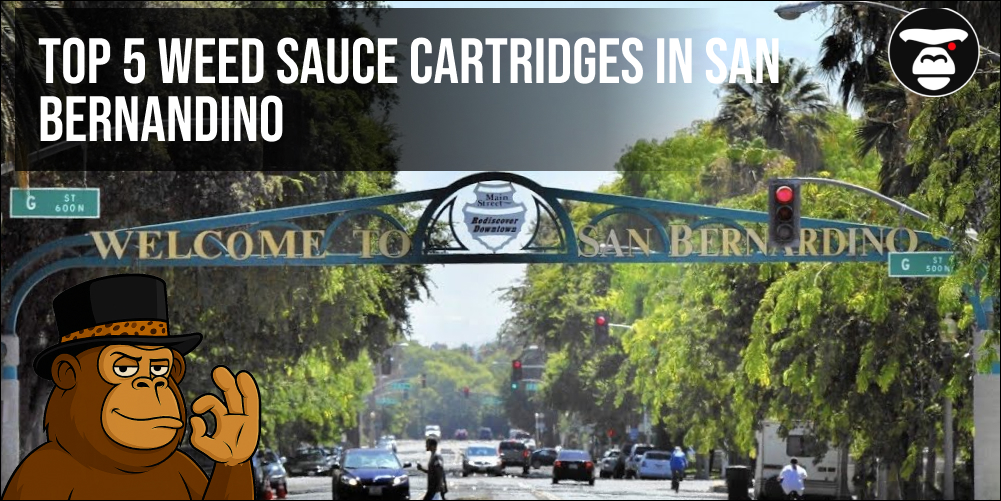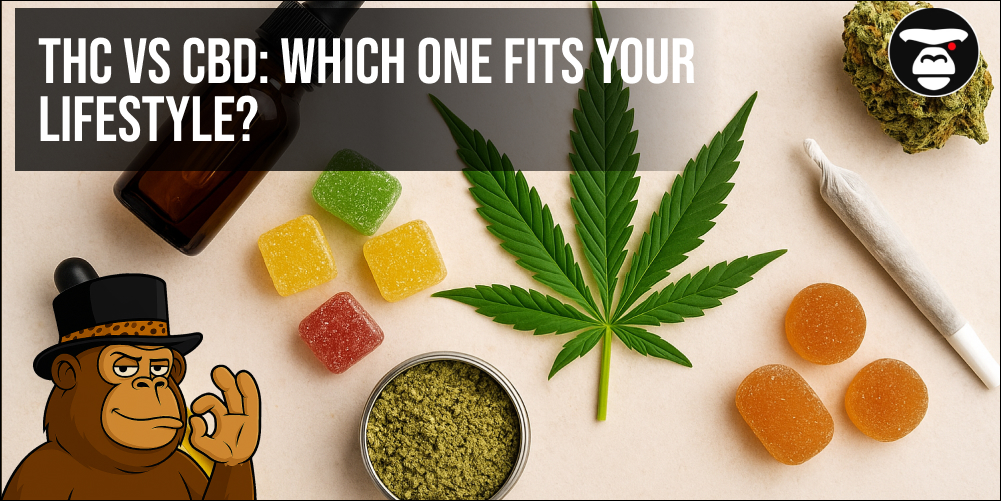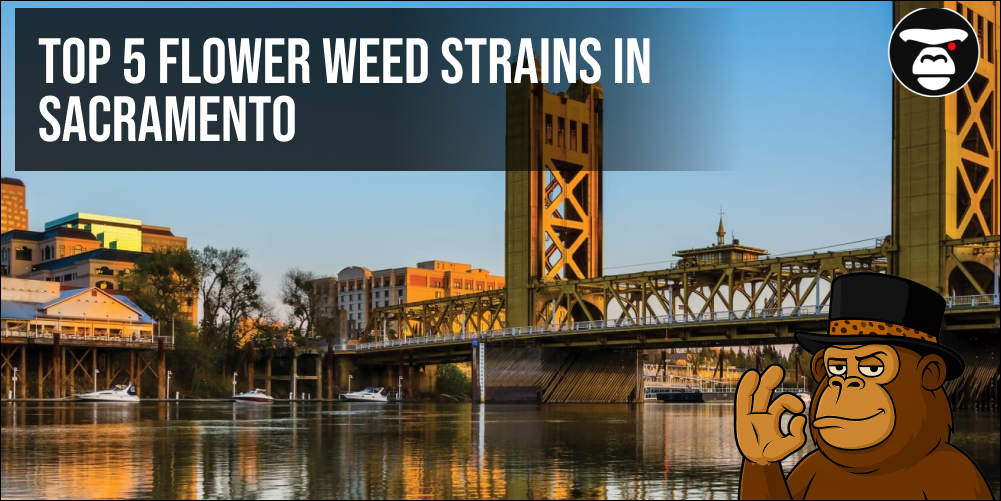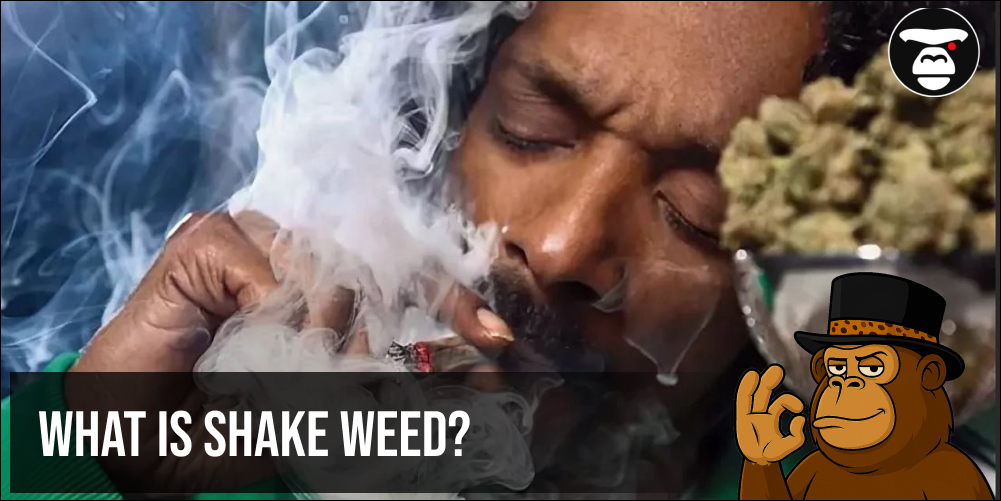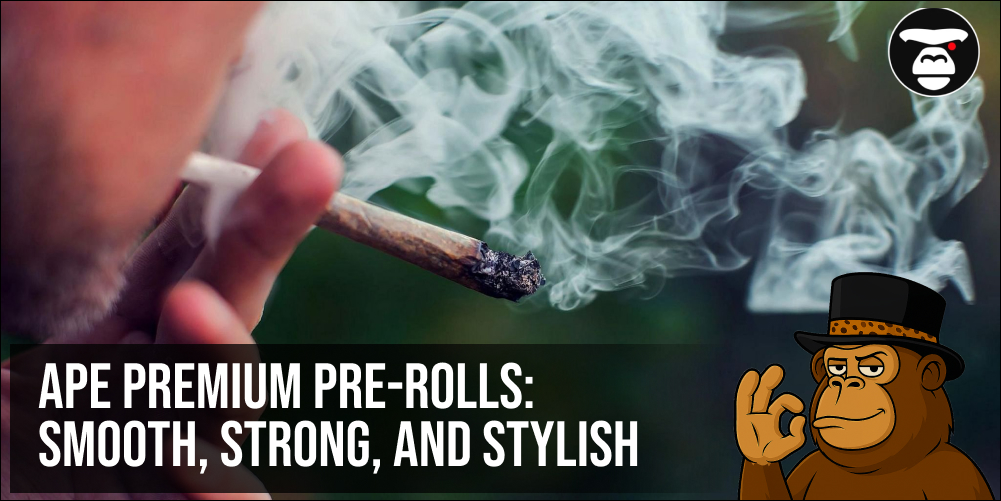How Cannabis Shaped Modern Music: From Jazz to Hip-Hop
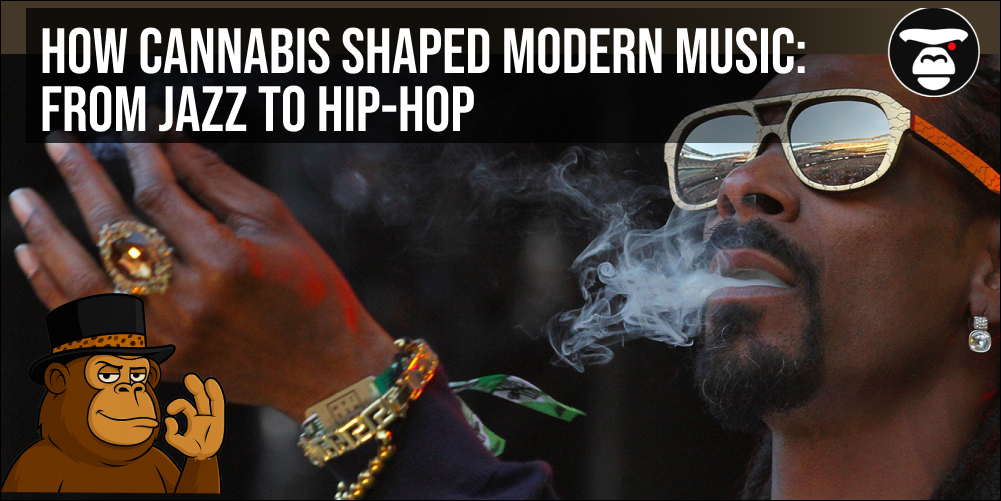
How Cannabis Shaped Modern Music: Jazz Origins
The impact of cannabis on music begins with jazz in the early 20th century. Musicians often used it to relax and stimulate creativity, giving birth to improvisational techniques and unique rhythms. How Cannabis Shaped Modern Music is particularly visible in New Orleans and Chicago clubs, where the combination of music and cannabis created a unique cultural environment. Jazz artists noted that marijuana enhanced emotional expression, encouraged spontaneity, and expanded melodic possibilities.
The Cannabis influence on music in jazz also allowed musicians to experiment with instruments, complex chord progressions, and rhythmic patterns. California jazz scenes actively incorporated cannabis use, fostering innovation both in clubs and recording studios. Over time, cannabis became an integral part of the jazz culture, inspiring future generations of musicians.
- Stimulates improvisation and creative thinking
- Expands melodic possibilities
- Creates a distinctive jazz club atmosphere
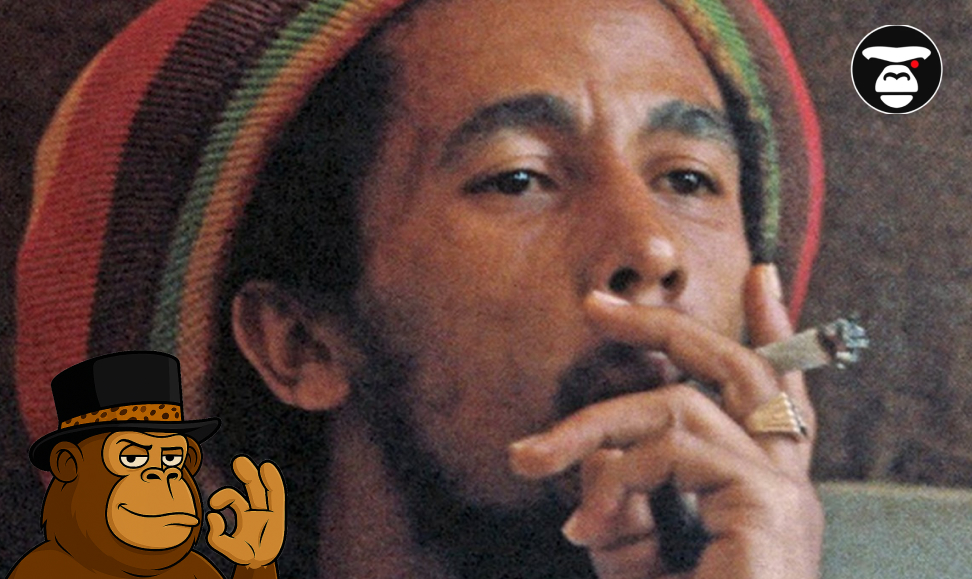
Blues and Rock: Expanding Horizons
By the mid-20th century, cannabis began to influence blues and rock music, shaping both sound and creative process. Musicians discovered that marijuana enhanced concentration, encouraged harmonic experimentation, and inspired innovative rhythmic patterns. How Cannabis Shaped Modern Music is evident in the works of artists like Jimi Hendrix, Bob Dylan, and Janis Joplin, who incorporated cannabis into their studio sessions and performances to unlock new levels of creativity.
Psychedelic rock, in particular, benefitted from cannabis use, with musicians experimenting with unusual sound textures, intricate rhythms, and unconventional song structures. In California, both recording studios and live music venues supported safe cannabis use, fostering environments where musical innovation could flourish. Cannabis influence on music during this era contributed to the emergence of unique sounds and the blending of genres, setting the stage for future musical experimentation.
- Encourages harmonic and rhythmic experimentation
- Supports extended improvisation and creative sessions
- Influences the development of psychedelic rock and innovative sound
Cannabis played a crucial role in shaping blues and rock music, providing artists with the mental flexibility and inspiration needed to challenge traditional structures and explore new musical possibilities. Its impact continues to resonate in modern genres influenced by these early experiments.
Hip-Hop and Rap: Rhythm and Lyrics
Cannabis has had a profound impact on the development of hip-hop and rap music. How Cannabis Shaped Modern Music can be seen in the way artists use marijuana to enhance focus, refine lyrical delivery, and experiment with complex rhythms. Legendary performers like Snoop Dogg, Cypress Hill, and Wiz Khalifa integrated cannabis culture into their stage personas and lyrical themes, making it an inseparable part of the genre’s identity.
Marijuana fosters creativity in hip-hop production by allowing musicians to explore unconventional beats, intricate rhyme schemes, and innovative arrangements. Cannabis influence on music in this genre also extends to collaborative studio sessions and live performances, where relaxed and inspired states encourage improvisation and creative risk-taking. This has contributed to hip-hop’s dynamic evolution and the continuous reinvention of lyrical and musical techniques.
- Enhances focus for lyrical flow and complex rhythms
- Supports improvisation and experimentation in studio sessions
- Integrates cannabis culture into artist identity and stage presence
Cannabis continues to be a subtle yet powerful tool in hip-hop, influencing both the creative process and the culture surrounding the genre. Its role in shaping rhythmic structures and lyrical innovation underscores its lasting impact on modern music.
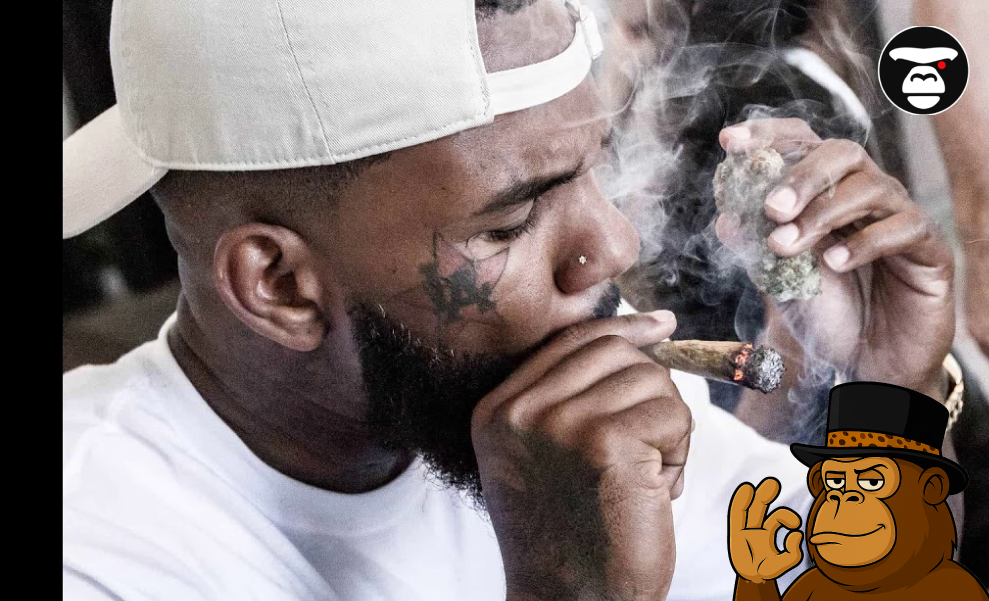
Festivals and Cannabis: Shared Culture
Music festivals have long demonstrated how cannabis can shape creative and social environments. From iconic events like Woodstock to modern hip-hop and electronic music festivals, marijuana helps attendees relax, immerse themselves in the music, and engage with fellow fans. How Cannabis Shaped Modern Music is evident in the communal energy at these events, where cannabis contributes to shared experiences, encourages collaboration among artists, and inspires spontaneous performances that enhance the overall festival atmosphere.
In regions like California, festivals often include designated areas for safe and legal cannabis use, supporting responsible consumption while fostering creativity. Cannabis influence on music is visible not only in the performances themselves but also in the culture surrounding the events, from collaborative jam sessions to interactive workshops and networking among artists. These environments help musicians explore new ideas, experiment with sound, and connect with audiences on a deeper level.
- Creates an inclusive and creative community for artists and fans
- Enhances the festival experience with inspiration and collaboration
- Encourages experimentation and improvisation in live performances
Cannabis at festivals has become a symbol of artistic freedom and innovation, enabling both performers and attendees to engage more fully with music, creativity, and the cultural significance of live events.
Creative Techniques and Experimentation
Cannabis has long been associated with enhancing creativity and supporting experimental approaches in music. How Cannabis Shaped Modern Music is evident in the ways musicians use marijuana to explore new melodic ideas, unconventional chord progressions, and intricate rhythmic patterns. By promoting a relaxed and open-minded state, cannabis allows artists to step outside traditional structures and push the boundaries of their compositions. This freedom encourages the blending of genres, innovative sound textures, and unique production techniques that define modern music’s evolution.
In contemporary California studios and creative hubs, musicians often incorporate cannabis into their workflow in safe and controlled environments. Cannabis influence on music is particularly noticeable in improvisational sessions, electronic productions, and collaborative projects, where it fosters experimentation, enhances focus, and sparks original ideas. The plant’s role is not just recreational—it serves as a tool for refining artistic vision and encouraging inventive approaches to sound design.
- Stimulates the creation of new melodic and harmonic ideas
- Supports experimental sound design and genre blending
- Enhances focus and encourages collaborative innovation
By integrating cannabis into their creative process, musicians can approach composition with fresh perspectives, developing signature sounds and distinctive styles that stand out in today’s diverse music landscape.
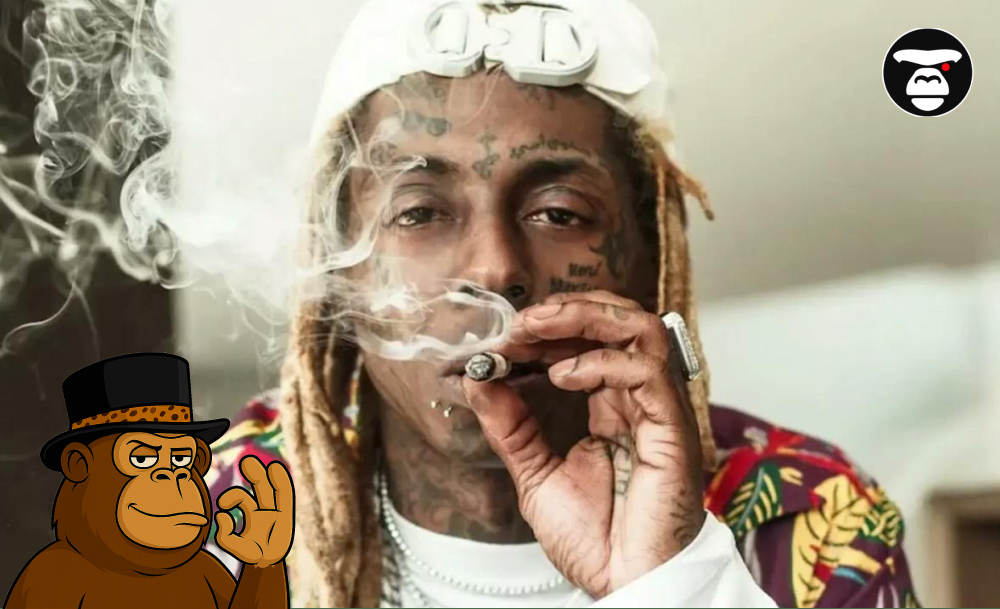
Modern Artists and Genres
Cannabis continues to influence a wide range of contemporary music genres, from indie and electronic to hip-hop and experimental styles. How Cannabis Shaped Modern Music can be observed in the way modern artists approach composition, arrangement, and performance. Musicians often use cannabis to enhance focus, stimulate creativity, and explore unconventional sounds that push the boundaries of their genre. This influence is particularly noticeable in electronic music, where layering complex textures and experimenting with rhythm requires a high level of imaginative thinking.
The cultural integration of cannabis in music also fosters collaboration and community. Artists share creative ideas, exchange production techniques, and inspire one another to innovate. Cannabis influence on music is evident not only in the sound itself but also in the creative process, helping artists refine their unique identities and craft music that resonates with diverse audiences. By supporting improvisation, experimentation, and emotional expression, cannabis contributes to the ongoing evolution of modern music.
- Expands creative possibilities across genres
- Encourages experimentation with sound and arrangement
- Supports collaboration and the development of artistic identity
Modern artists often cite cannabis as a source of inspiration that helps them develop distinct musical voices. From innovative indie compositions to boundary-pushing hip-hop tracks, marijuana continues to be a subtle but powerful tool that shapes the music landscape and maintains a legacy of creativity and experimentation in contemporary culture.
- Top 5 Flower Weed Strains in Riverside
- Can I take THCA on a plane?
- How can you tell if a variety is of poor quality or fake?
Technology and Cannabis
Cannabis has influenced the way musicians interact with modern music technology. Relaxed and focused states induced by marijuana enhance attention to detail, allowing artists to experiment with mixing, layering, and audio effects more effectively. How Cannabis Shaped Modern Music is evident in the innovative use of synthesizers, samplers, drum machines, and digital audio workstations (DAWs), where cannabis can help musicians think outside conventional patterns and explore new sonic possibilities.
In California and other creative hubs, studios often support safe cannabis use during recording sessions, which encourages experimentation and enhances productivity. Cannabis influence on music is particularly visible in electronic, hip-hop, and experimental genres, where subtle effects, rhythmic textures, and innovative soundscapes are key. Cannabis fosters a mindset that allows musicians to explore unconventional ideas while maintaining technical precision.
- Enhances focus and attention to sonic details
- Encourages experimentation with audio effects and electronic instruments
- Supports innovation and creative problem-solving in music production
By integrating cannabis into the creative process, musicians can push the boundaries of technology-assisted composition, blending traditional techniques with digital innovation to produce fresh, distinctive sounds that resonate with contemporary audiences.
Cultural and Historical Impact
The influence of cannabis on music extends beyond sound, shaping cultural identity and creative communities. How Cannabis Shaped Modern Music is evident across jazz, blues, rock, and hip-hop, showing that marijuana is more than a recreational product—it’s a tool for artistic expression. By encouraging relaxed and open-minded states, cannabis allowed musicians to experiment with melodies, rhythms, and arrangements, contributing to the development of distinctive musical styles and innovative sounds.
Cannabis also played a role in forming musical communities. In regions like California, artists connected through shared creative practices, live performances, and studio sessions that incorporated marijuana. Cannabis influence on music helped shape improvisational techniques, lyrical styles, and collaborative approaches, leaving a lasting mark on musical history.
- Builds musical and cultural communities
- Inspires new ideas and genre innovations
- Supports artistic freedom and individuality
Marijuana’s presence in music also became a cultural symbol, representing creativity, experimentation, and countercultural identity. Its historical influence continues to resonate, showing how a single plant can shape both the sound and the social fabric of music across generations.
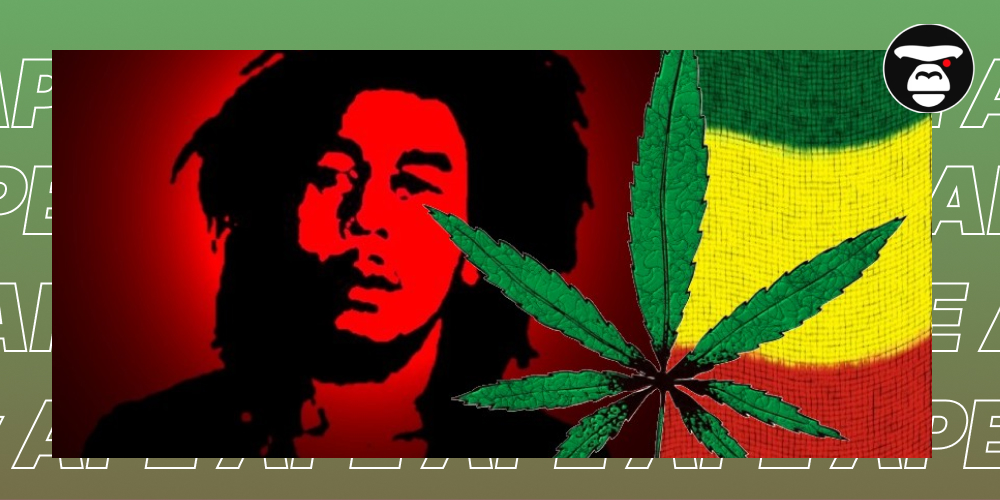
FAQ
What is How Cannabis Shaped Modern Music?
How Cannabis Shaped Modern Music explores the historical and cultural impact of marijuana on different music genres, including jazz, blues, rock, and hip-hop. It examines how cannabis influenced creativity, improvisation, lyrical styles, and production techniques over the decades.
How did cannabis influence jazz and blues?
Cannabis played a crucial role in jazz and blues by promoting improvisation, emotional expression, and harmonic experimentation. Cannabis in jazz and blues encouraged musicians to explore complex rhythms and melodies, shaping the foundations of modern music.
In what ways did cannabis shape hip-hop and rap?
In hip-hop and rap, cannabis enhances focus, lyrical creativity, and rhythm experimentation. Cannabis influence on music in these genres is also cultural, contributing to artist identities, stage presence, and the collaborative environment in studios and live performances.
Can cannabis enhance music production with technology?
Yes. Marijuana and creativity support experimentation with digital audio workstations, synthesizers, and audio effects. Cannabis helps producers and musicians focus on details, experiment with textures, and develop innovative soundscapes.
How does cannabis continue to influence modern artists and genres?
Today, cannabis inspires creativity across indie, electronic, hip-hop, and experimental music. Cannabis influence on music encourages collaboration, genre-blending, and the development of unique artistic identities, maintaining its legacy in contemporary music culture.




